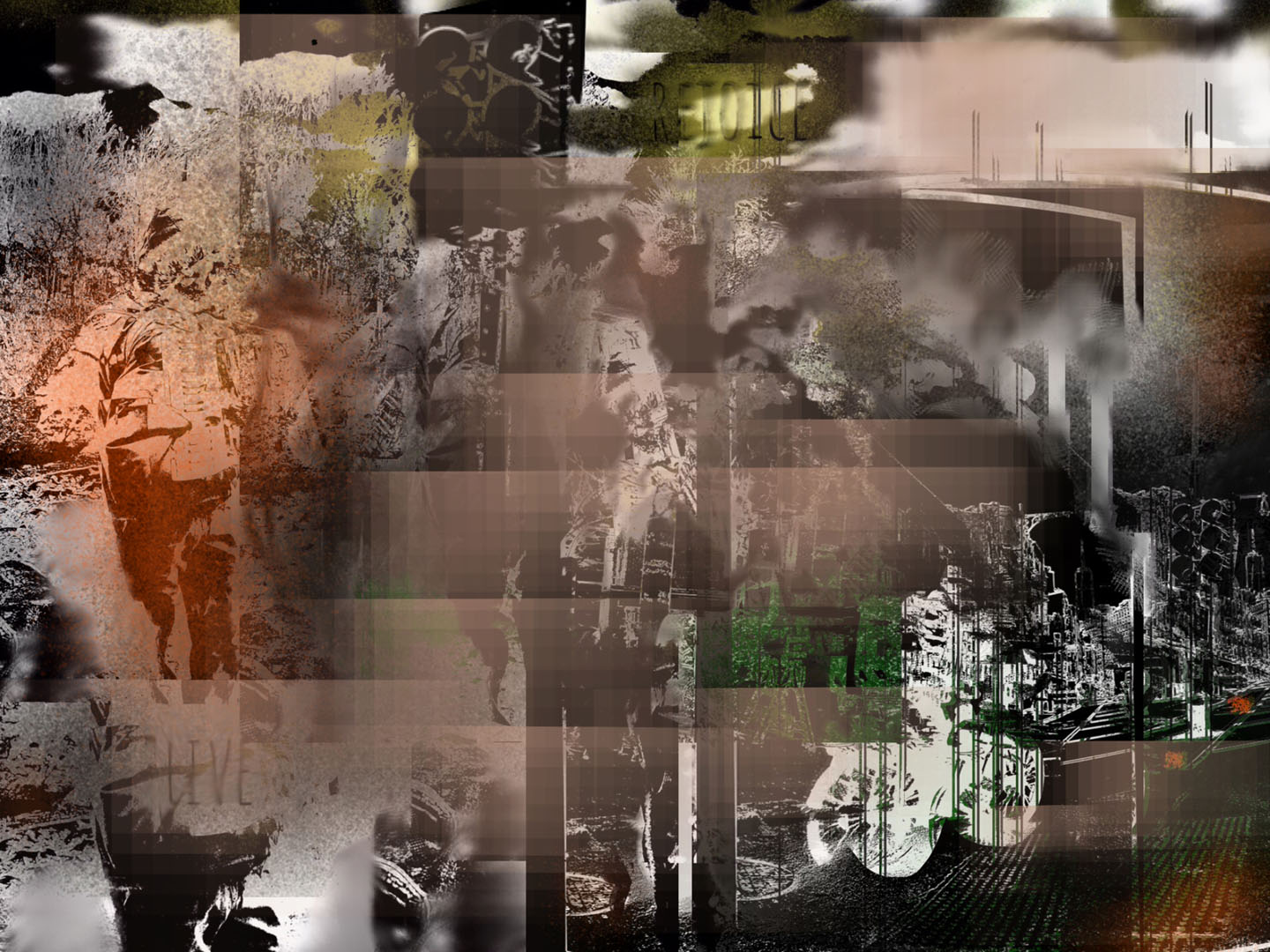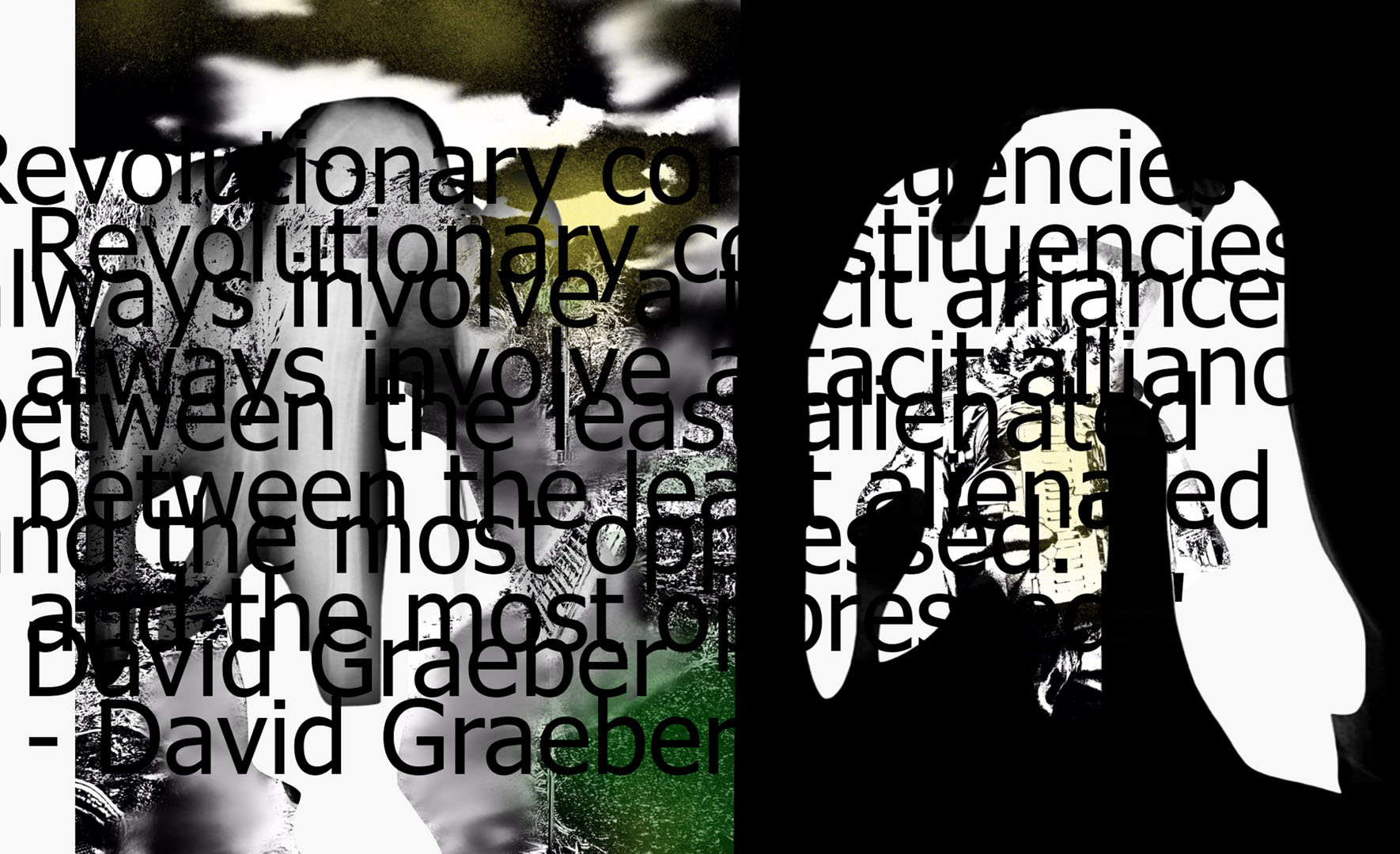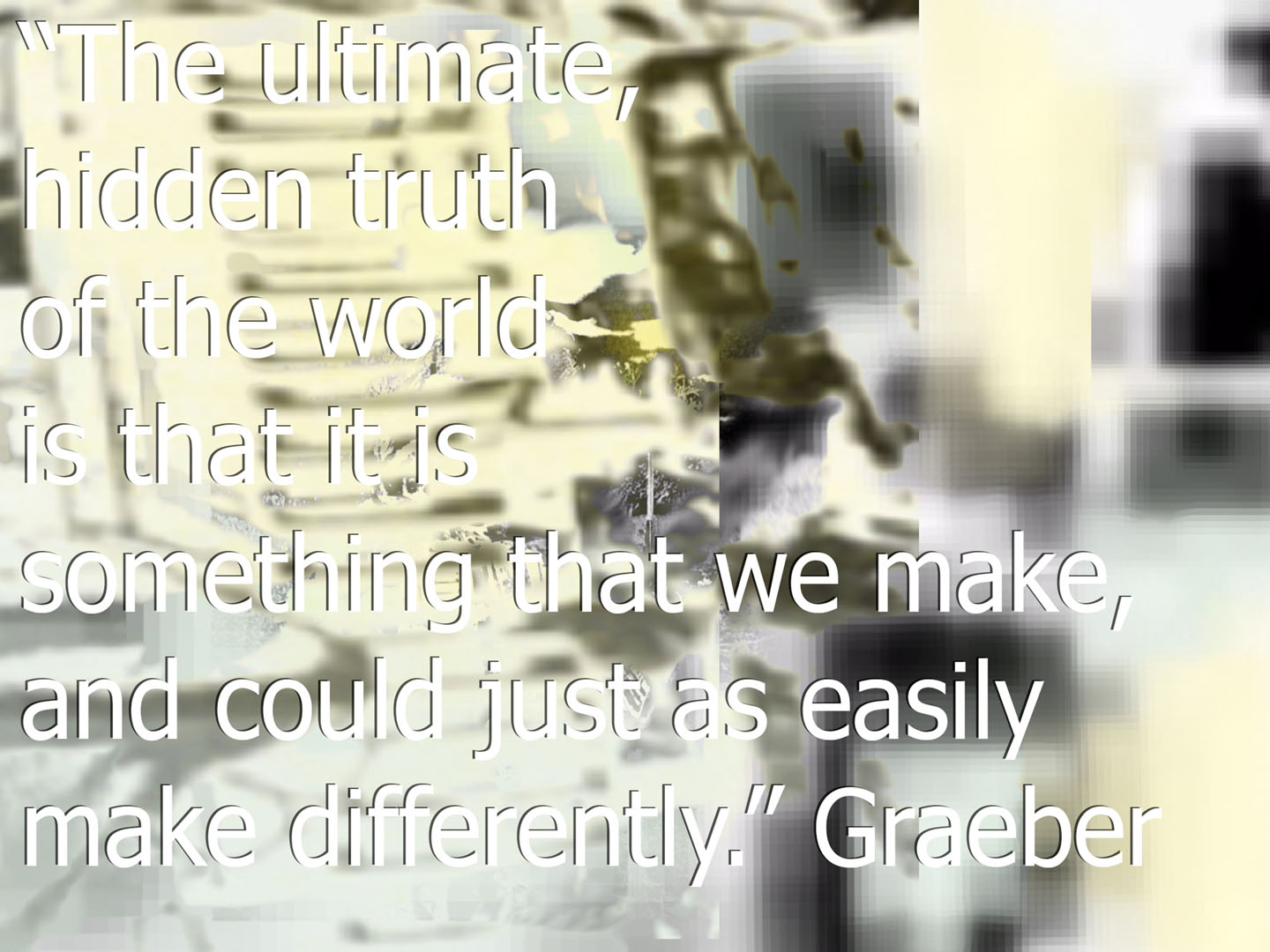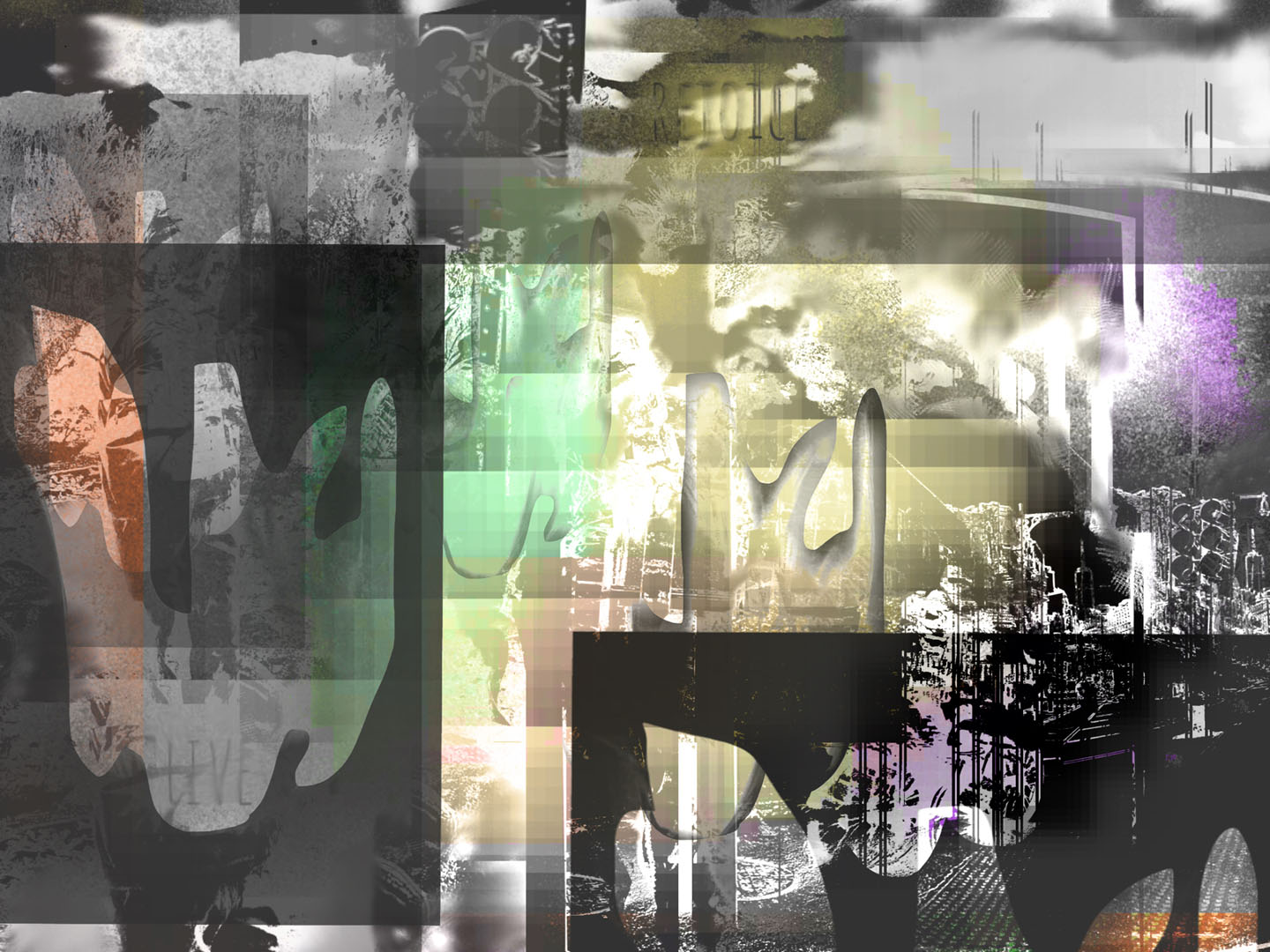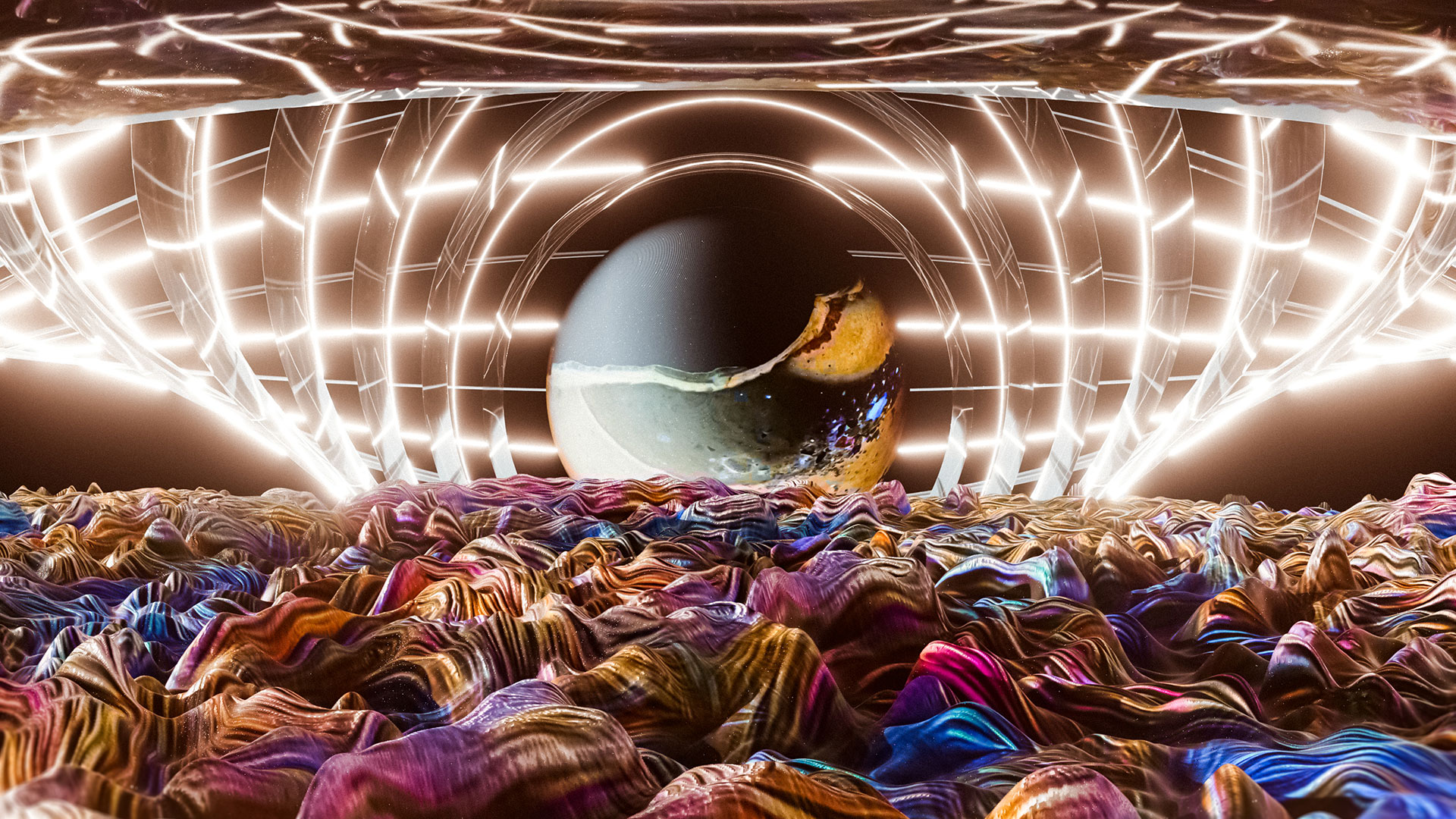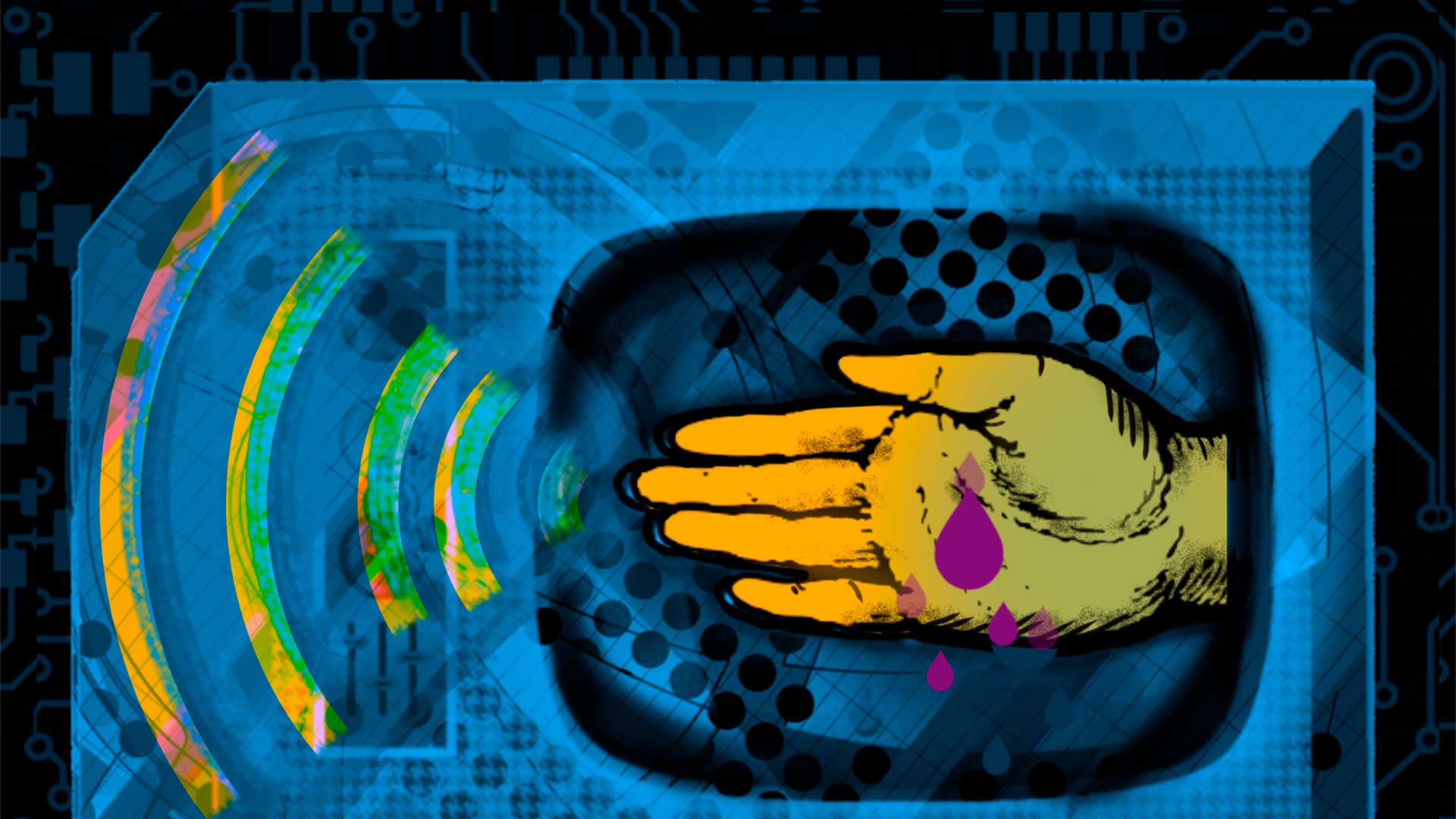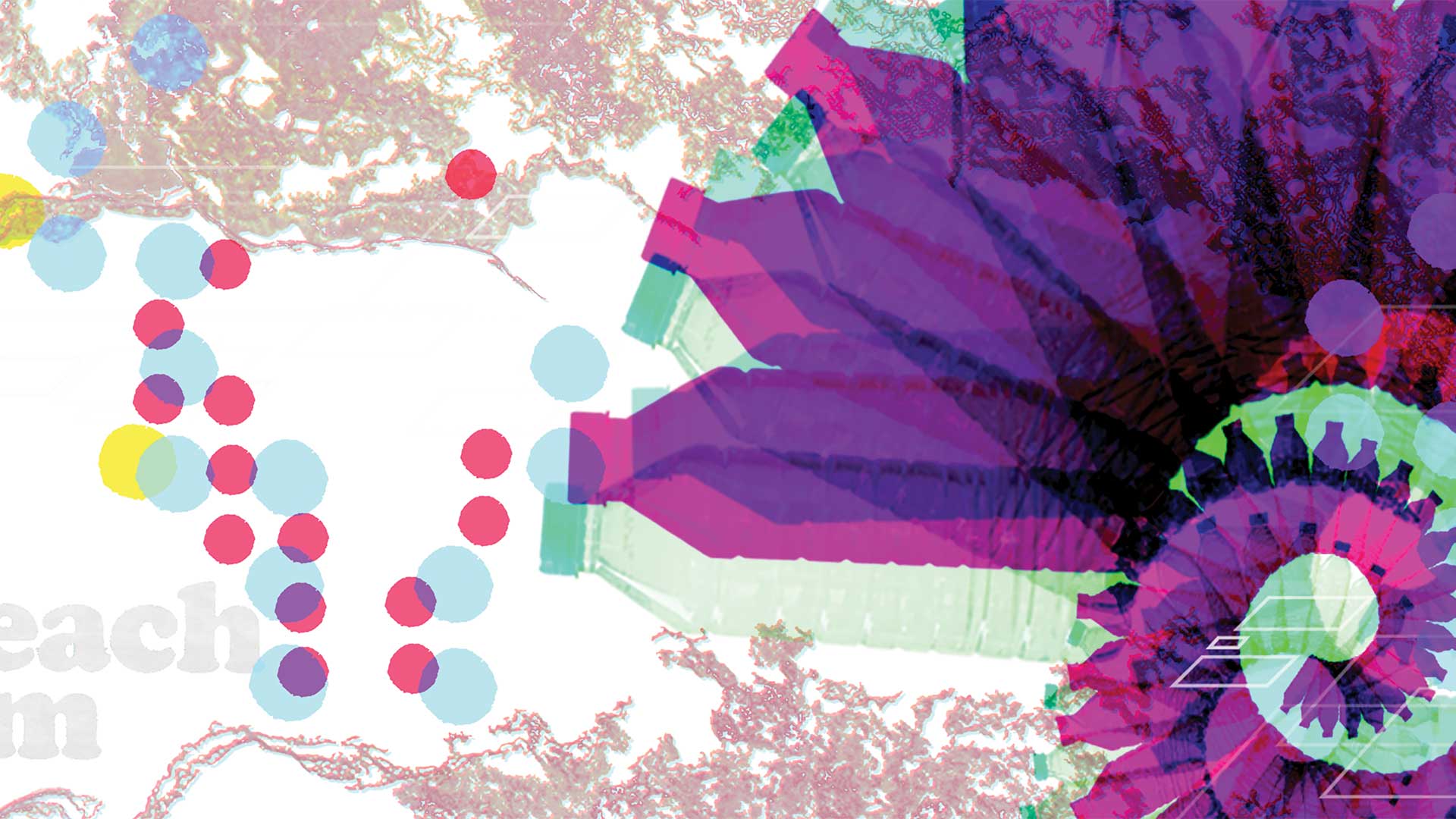Tommy Mintz x Deann Stein Hasinoff
Techspressionism Collab #2
Watch Interview
Featured Artist: Salon #15
Tommy Mintz grew up in NYC’s West Village in the 1980s and 90s. Tommy now lives in Chelsea with his wife, kids and cats and is currently an Assistant Professor of Photography at CUNY Kingsborough Community College in Brooklyn. He earned an MFA from Queens College in 2005 and a BA from Sarah Lawrence College in 1999. He has exhibited in galleries locally, nationally and internationally. Mintz is an urbanist of the Jane Jacobs school of thought. Through his work, he seeks to engage in a conversation about how Jacobs’ ideas, of what makes a vibrant urban landscape, are important to consider in this moment of large-scale neighborhood change, currently most visible in massive construction projects and new sidewalk dining spaces. One of the unique aspects of Mintz’s photographic work revolves around his creation, known as The Automated Digital Photo Collage. The ADPC is an algorithm for creating a time-lapse collage. It compares a sequence of photographs, pixel by pixel, for areas of change. Pixel areas that are detected as different are layered on top in the image. Layering areas of its own choosing, the ADPC creates a decidedly nonhuman view, which intrigues with its logic and strange algorithmic humor. The ADPC echoes our human struggle to remember during this moment in the inception of digital augmentation. The familiar gaps parallel our own fragmented perceptions. Conceptualized in 2004, as a public installation in a bus shelter, the ADPC is written in the Python programming language and was first exhibited at the Hudson Guild gallery in 2013 where it ran on Raspberry Pi computers and standard webcams, generating low resolution, live, interactive collages of gallery visitors.
Deann S Hasinoff ![]()
![]()
Edmonton, Canada
Deann Stein Hasinoff is an Alberta based abstract artist using apps and photography to create her work. After developing severe sensitivities, Stein Hasinoff was unable to continue working with traditional materials and began to explore digital art-making. Her work centers on making the invisible visible, originally influenced by her work with adults with brain injury and then by her own experiences with chronic illness and anxiety. Automatic drawing is an integral part of the process; a bridge between the unconscious and conscious self. The landscape, both representational and abstracted, is the subject of her photographic images.
“Collaboration allowed me to move beyond the comfort zone of my own work. The exchange of ideas and material, life, and the unexpected glitches of technology all come together to create something completely different from what I would create on my own.”

